
What Are Auxiliary Verbs?
Auxiliary verbs (have/has) play a supporting role in sentences by joining participles to reflect tense/aspect/count/voice.
Explore the breadths and depths of Grammarflex’s knowledge base, containing resources and comprehensive guides on pretty much everything you could want to know related to English grammar and writing.
Learn all about the main parts of speech, which (in case you forgot) comprises of verbs, nouns, adjectives, pronouns, adverbs, conjunctions, prepositions and interjections. Beyond the fundamentals of English grammar, you’ll find guide on writing mechanics and style, literary devices amd more.


Auxiliary verbs (have/has) play a supporting role in sentences by joining participles to reflect tense/aspect/count/voice.

Acronyms are a type of abbreviation where each word in a series or phrase forms a single word that’s pronounced differently, like YOLO (You Only

The verb, breed, has two forms: breed and bred. That’s it; the past tense and participle forms are both bred.

Throw is the present tense. Threw is the simple past, and thrown is the past participle.
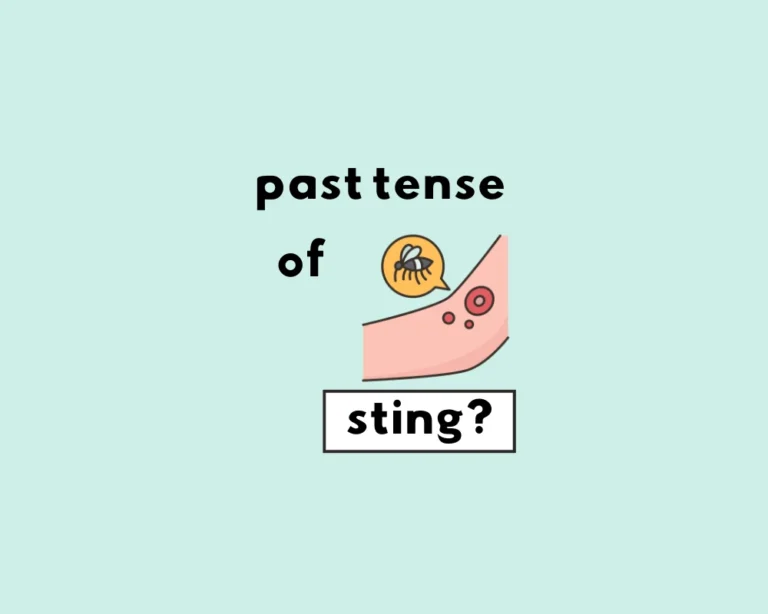
Sting (not the man/singer, the verb) is the simple present. Stung is the past simple and past participle form of sting, (I was stung by
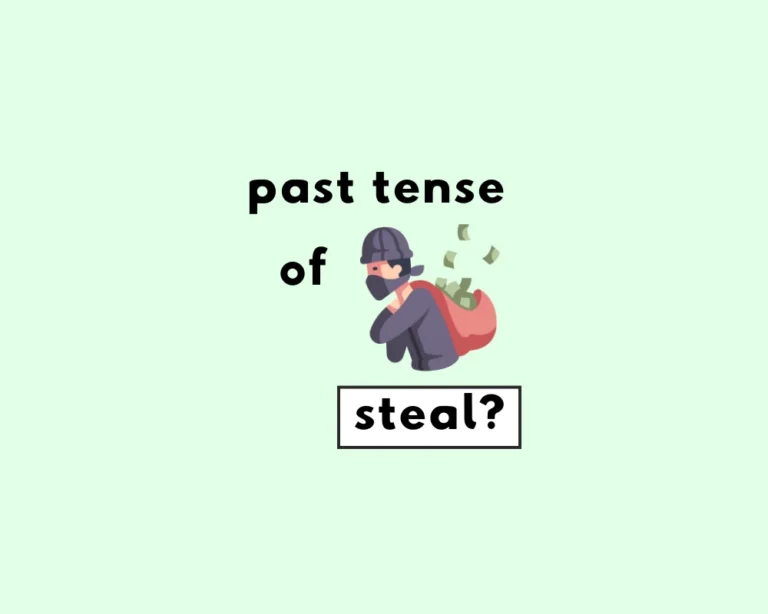
To steal (present tense), stole (simple past tense); and stolen (past participle).
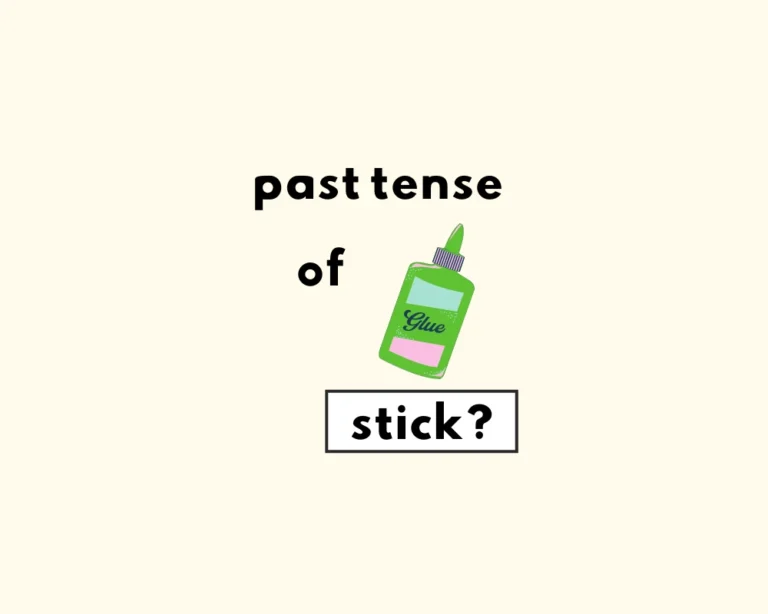
The verb stick has two forms: stick and stuck. Stick is the present tense; stuck is the past simple and the past participle form of
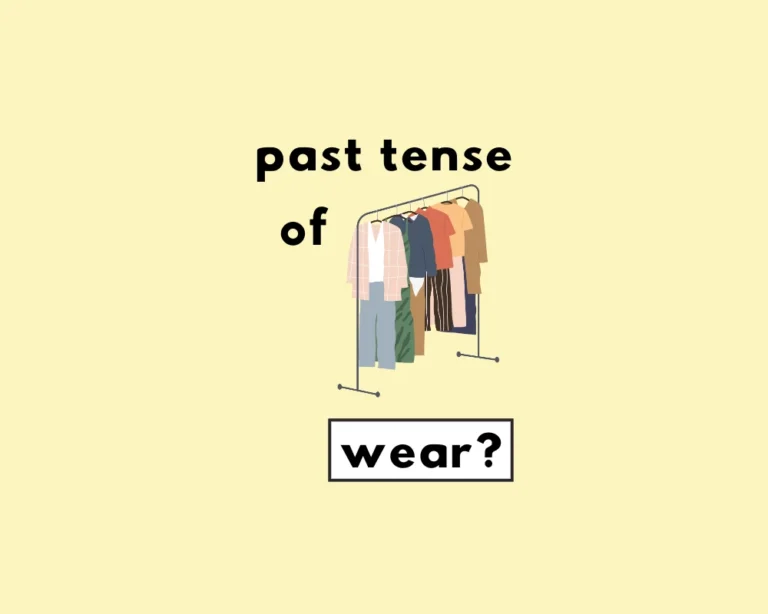
To wear is the present tense; wore is the past tense, and worn is the past participle form of the verb.
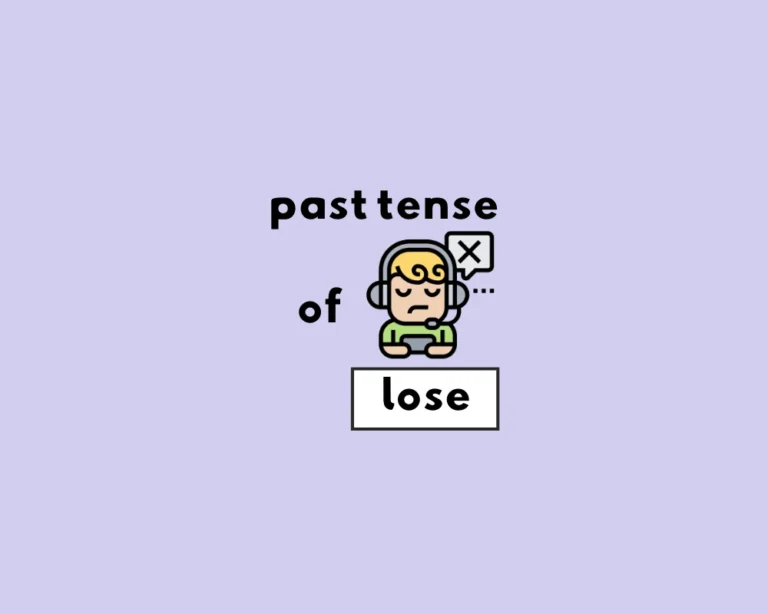
The past tense and past participle forms of the verb lose are both lost.